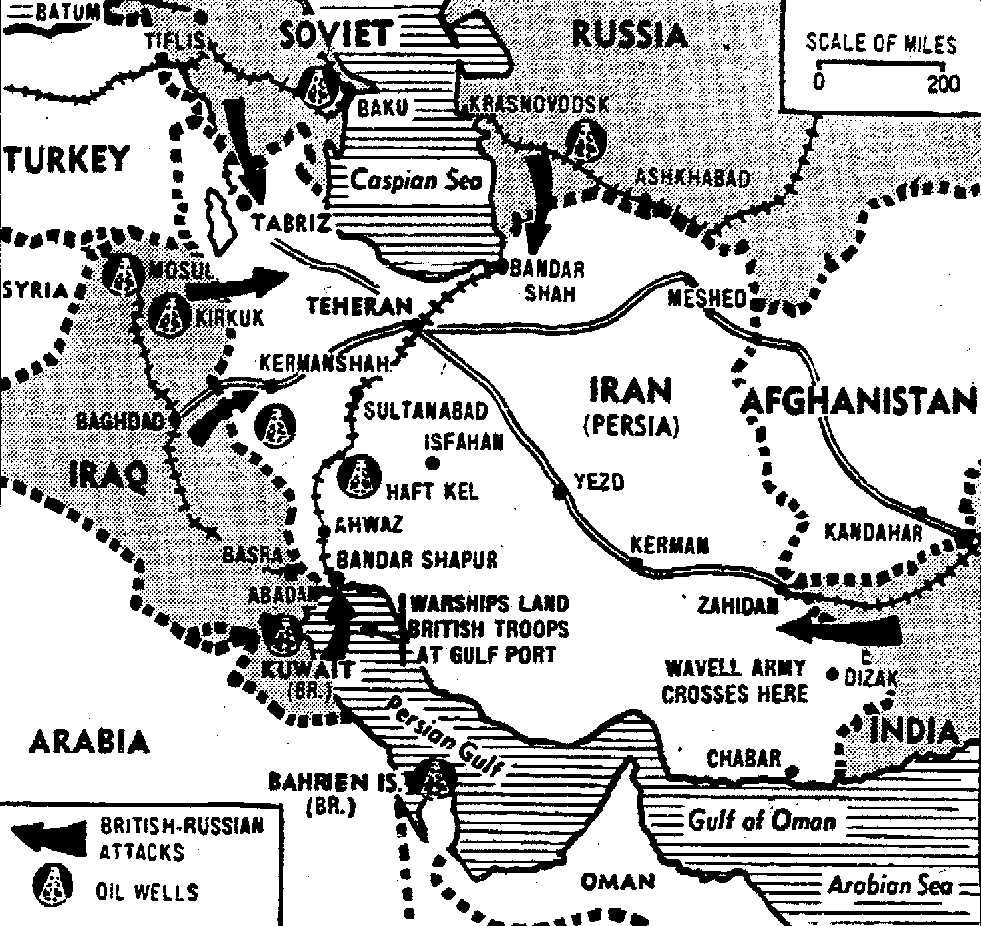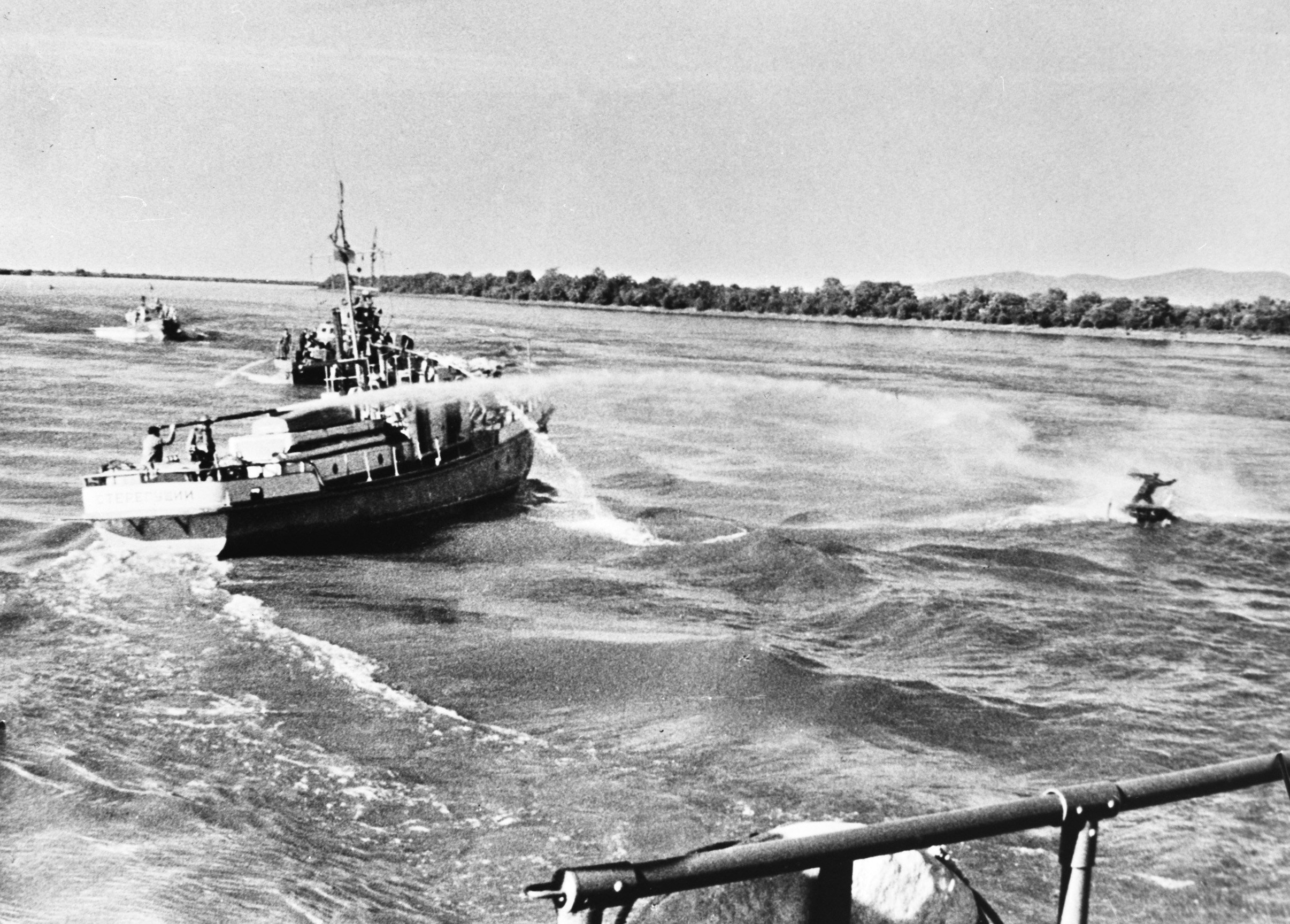|
Soviet Border Guards
The Soviet Border Troops () were the border guard of the Soviet Union, subordinated to the Soviet state security agency: first to the ''Cheka''/OGPU, then to NKVD/ MGB and, finally, to the KGB. Accordingly, they were known as NKVD Border Security and KGB Border Troops. Unlike the border guards of many other countries, Soviet Border Troops also included the maritime border guarding units, and aviation units (i.e., a coast guard). The mission of the Border Troops included repulsing armed incursions into Soviet territory; preventing illegal crossings of the border or the transport of weapons, explosives, contraband or subversive literature across the border; monitoring the observance of established procedures at border crossing points; monitoring the observance by Soviet and foreign ships of navigation procedures in Soviet territorial waters; and assisting state agencies in the preservation of natural resources and the protection of the environment from pollution. Border guards ... [...More Info...] [...Related Items...] OR: [Wikipedia] [Google] [Baidu] |
Communist Party Of The Soviet Union
The Communist Party of the Soviet Union (CPSU),. Abbreviated in Russian as КПСС, ''KPSS''. at some points known as the Russian Communist Party (RCP), All-Union Communist Party and Bolshevik Party, and sometimes referred to as the Soviet Communist Party (SCP), was the founding and ruling political party of the Soviet Union. The CPSU was the One-party state, sole governing party of the Soviet Union until 1990 when the Congress of People's Deputies of the Soviet Union, Congress of People's Deputies modified Article 6 of the Soviet Constitution, Article 6 of the 1977 Soviet Constitution, which had previously granted the CPSU a monopoly over the political system. The party's main ideology was Marxism–Leninism. The party was outlawed under Russian President Boris Yeltsin's decree on 6 November 1991, citing the 1991 Soviet coup attempt as a reason. The party started in 1898 as part of the Russian Social Democratic Labour Party. In 1903, that party split into a Menshevik ("mino ... [...More Info...] [...Related Items...] OR: [Wikipedia] [Google] [Baidu] |
Anglo-Soviet Invasion Of Iran
The Anglo-Soviet invasion of Iran, also known as the Anglo-Soviet invasion of Persia, was the joint invasion of the neutral Imperial State of Iran by the United Kingdom and the Soviet Union in August 1941. The two powers announced that they would stay until six months after the end of the war with their mutual enemy, Nazi Germany (World War II), which turned out to be 2 March 1946. On that date the British began to withdraw, while the Soviet Union delayed until May, initially citing "threats to Soviet security", followed by the Iran crisis of 1946. The invasion, code name Operation Countenance, was largely unopposed by the numerically and technologically outmatched Iranian forces. The multi-pronged coordinated invasion took place along Iran's borders with the Kingdom of Iraq, Azerbaijan SSR, and Turkmen SSR, with fighting beginning on 25 August and ending on 31 August when the Iranian government, under the rule of Reza Shah Pahlavi, formally agreed to surrender, having alr ... [...More Info...] [...Related Items...] OR: [Wikipedia] [Google] [Baidu] |
State Political Directorate
The State Political Directorate (), abbreviated as GPU (), was the secret police of the Russian Soviet Federative Socialist Republic from February 1922 to November 1923. It was the immediate successor of the Cheka, and was replaced by the Joint State Political Directorate (OGPU). Name The official designation in line to the native reference is: *Русский: = Государственное политическое управление (ГПУ) при Народном комиссариaте внутренних дел (НКВД) РСФСР *Romanization of Russian, tr =Gosudarstvennoe politicheskoe upravlenie (GPU) pri narodnom komissariate vnutrennikh del (NKVD) RSFSR – (GPU pri NKVD RSFSR) *English: = State Political Directorate (also State Political Administration) under the People's Commissariat of interior affairs of the Russian Soviet Federative Socialist Republic (RSFSR) Establishment Formed from the Cheka, the original Russian state security organization, on Febr ... [...More Info...] [...Related Items...] OR: [Wikipedia] [Google] [Baidu] |
Cheka
The All-Russian Extraordinary Commission ( rus, Всероссийская чрезвычайная комиссия, r=Vserossiyskaya chrezvychaynaya komissiya, p=fsʲɪrɐˈsʲijskəjə tɕrʲɪzvɨˈtɕæjnəjə kɐˈmʲisʲɪjə, links=yes), abbreviated as VChK ( rus, ВЧК, p=vɛ tɕe ˈka), and commonly known as the Cheka ( rus, ЧК, p=tɕɪˈka), was the first Soviet secret police organization. It was established on by the Council of People's Commissars of the Russian SFSR, and was led by Felix Dzerzhinsky. By the end of the Russian Civil War in 1921, the Cheka had at least 200,000 personnel. Ostensibly created to protect the October Revolution from "class enemies" such as the bourgeoisie and members of the clergy, the Cheka soon became a tool of repression wielded against all political opponents of the Bolshevik regime. The organization had responsibility for counterintelligence, oversight of the loyalty of the Red Army, and protection of the country's borders, as well ... [...More Info...] [...Related Items...] OR: [Wikipedia] [Google] [Baidu] |
Soviet Union
The Union of Soviet Socialist Republics. (USSR), commonly known as the Soviet Union, was a List of former transcontinental countries#Since 1700, transcontinental country that spanned much of Eurasia from 1922 until Dissolution of the Soviet Union, it dissolved in 1991. During its existence, it was the list of countries and dependencies by area, largest country by area, extending across Time in Russia, eleven time zones and sharing Geography of the Soviet Union#Borders and neighbors, borders with twelve countries, and the List of countries and dependencies by population, third-most populous country. An overall successor to the Russian Empire, it was nominally organized as a federal union of Republics of the Soviet Union, national republics, the largest and most populous of which was the Russian SFSR. In practice, Government of the Soviet Union, its government and Economy of the Soviet Union, economy were Soviet-type economic planning, highly centralized. As a one-party state go ... [...More Info...] [...Related Items...] OR: [Wikipedia] [Google] [Baidu] |
Border Guard
A border guard of a country is a national security agency that ensures border security. Some of the national border guard agencies also perform coast guard (as in Germany, Italy or Ukraine) and rescue service duties. Name and uniform In different countries, names of particular border guard services vary significantly. The service may be called "police", "guard", "troops" or "sentinel" and the name would refer to the nation's official term for the state border - whether it is "frontier" or "border". Most border guards of the world use dark green-colored elements on their uniform, insignia or flags. Tasks Peacetime duties Typical tasks of a border guard are: * Controlling and guarding a nation's borders and protecting national borders.; * Controlling border crossing persons, vehicles, and travel documents; * Preventing illegal border crossing of persons, vehicles, cargoes and other goods; * Controlling transportation of prohibited and limited items (e.g. weapons, ammunition ... [...More Info...] [...Related Items...] OR: [Wikipedia] [Google] [Baidu] |
RIAN Archive 626399 Karpov Frontier Post
RIA Novosti (), sometimes referred to as RIAN () or RIA (), is a Russian state-owned domestic news agency. On 9 December 2013, by a decree of Vladimir Putin, it was liquidated and its assets and workforce were transferred to the newly created Rossiya Segodnya agency. On 8 April 2014, RIA Novosti was registered as part of the new agency. RIA Novosti is headquartered in Moscow. The chief editor is Anna Gavrilova. Content RIA Novosti was scheduled to be closed down in 2014; starting in March 2014, staff were informed that they had the option of transferring their contracts to Rossiya Segodnya or sign a redundancy contract. On 10 November 2014, Rossiya Segodnya launched the Sputnik multimedia platform as the international replacement of RIA Novosti and Voice of Russia. Within Russia itself, however, Rossiya Segodnya continues to operate its Russian language news service under the name RIA Novosti with itria.ruwebsite. The agency published news and analyses of social-political, ... [...More Info...] [...Related Items...] OR: [Wikipedia] [Google] [Baidu] |
Pavel Zyryanov
Pavel Ivanovich Zyryanov (Russian: Павел Иванович Зырянов; 16 March 1907 – 3 January 1992) was a Soviet colonel general, who served as commander of the Soviet Border Troops from 1952 to 1956 and 1957 to 1972. Early life Zyryanov was born on 16 March 1907, to a family of Russian ethnicity. He graduated from a three-year parish school in Semipalatinsk in 1917. From 1919, he worked as a farm labourer. Zyryanov was appointed as secretary of a Komsomol cell in 1923. Military career Zyryanov joined the Red Army in September 1924. He graduated from the Omsk Infantry School Named after M.V. Frunze in 1927. From 1927 to 1934, he served in the 9th Siberian Infantry Regiment of the Joint State Political Directorate troops in Novosibirsk and became member of the Communist Party of the Soviet Union. He later served as platoon commander from September 1927 and became member of the assistant chief of staff of the regiment from June 1930. In January 1933, he was appointed ... [...More Info...] [...Related Items...] OR: [Wikipedia] [Google] [Baidu] |
Timofei Strokach
Timofei Amvrosievich Strokach (; ; 4 March 1903 – 15 August 1963) was a prominent military figure of the Soviet NKVD and KGB. Early life and education Ethnic Ukrainian Strokach was born on 4 March 1903 in village of Belotserkovitsy, Primorskaya Oblast (today Astrakhanka in Primorsky Krai), in a poor peasant family of colonists from Ukraine (near Bila Tserkva). In 1914 he graduated a rural school and worked by helping his father. In January 1924 Strokach was called on compulsory military service. Career From the very start in 1924, Strokach was enlisted in the OGPU Troops as a Red Armyman of the 58th Nikolsk-Ussuriysk Border Detachment quartered in Iman (today Dalnerechensk). In 1925–1927 he was a student of the OGPU Border School #2 in Minsk. Here he joined the Communist Party of the Soviet Union in 1927. Following its graduation, Strokach returned to the Russian Far East in the 56th Blagoveshchensk Border Detachment where he served as assistant commander and commander. I ... [...More Info...] [...Related Items...] OR: [Wikipedia] [Google] [Baidu] |
Soviet–Afghan War
The Soviet–Afghan War took place in the Democratic Republic of Afghanistan from December 1979 to February 1989. Marking the beginning of the 46-year-long Afghan conflict, it saw the Soviet Union and the Armed Forces of the Democratic Republic of Afghanistan, Afghan military fight against the rebelling Afghan mujahideen, aided by Pakistan. While they were backed by various countries and organizations, the majority of the mujahideen's support came from Pakistan, the United States (as part of Operation Cyclone), the United Kingdom, China, Iran, and the Arab states of the Persian Gulf, in addition to a large influx of foreign fighters known as the Afghan Arabs. American and British involvement on the side of the mujahideen escalated the Cold War, ending a short period of relaxed Soviet Union–United States relations. Combat took place throughout the 1980s, mostly in the Afghan countryside, as most of the country's cities remained under Soviet control. The conflict resulted in the de ... [...More Info...] [...Related Items...] OR: [Wikipedia] [Google] [Baidu] |
Sino-Soviet Border Conflict
The Sino-Soviet border conflict, also known as the Sino-Soviet crisis, was a seven-month undeclared military conflict between the Soviet Union and China in 1969, following the Sino-Soviet split. The most serious border clash, which brought the world's two largest socialist states to the brink of war, occurred near Damansky (Zhenbao) Island on the Ussuri (Wusuli) River in Manchuria. Clashes also took place in Xinjiang. In 1964, the Chinese revisited the matter of the Sino-Soviet border demarcated in the 19th century, originally imposed upon the Qing dynasty by the Russian Empire by way of unequal treaties. Negotiations broke down amid heightening tensions and both sides began dramatically increasing military presence along the border. Sino-Soviet relations worsened further following the Soviet invasion of Czechoslovakia in 1968. Border confrontations escalated in March 1969 when a group of People's Liberation Army troops engaged Soviet border guards on Zhenbao Island in Manc ... [...More Info...] [...Related Items...] OR: [Wikipedia] [Google] [Baidu] |






